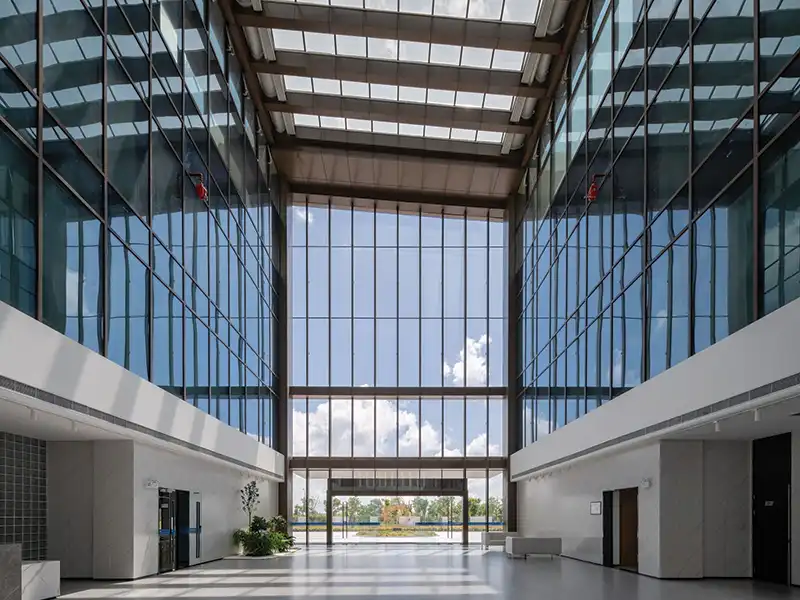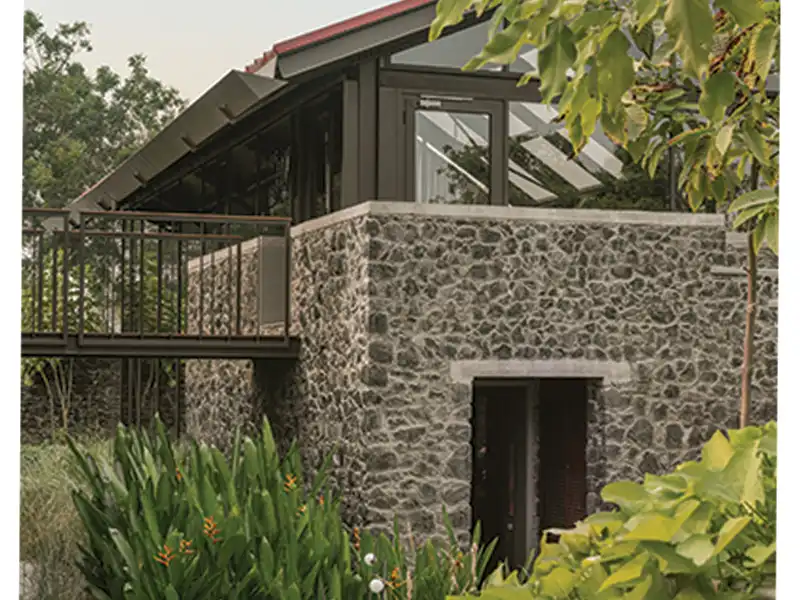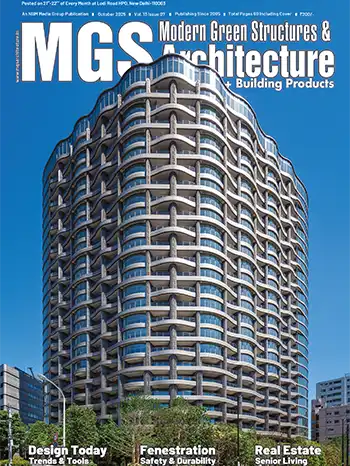
The city of Ayodhya unfolds an ancient narrative where history breathes through intricately woven threads of diverse cultures and timeless traditions. As the culture reverberates through its streets, the city proudly proclaims its role as the harbinger of tradition. Redeveloping such a sacred space comes with the responsibility of a conscious and integrated approach that celebrates its heritage and fosters a harmonious coexistence between the past and the present.
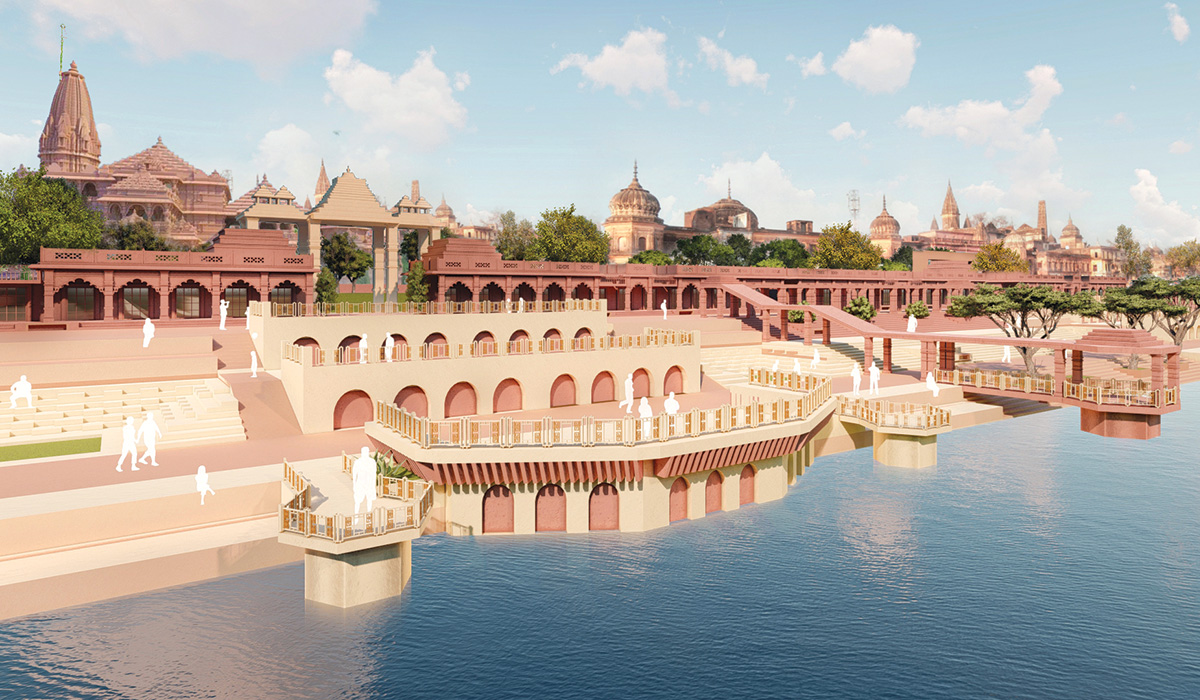
Transforming to a global tourism destination
In the coming years, Ayodhya City will become a global tourism destination, focusing on spiritual, cultural, and heritage assets and events. The team of CP Kukreja Architects has designed the implementation strategy and integrated infrastructure plan for the city. The plan outlines the blueprint for town planning, transport, traffic, infrastructure, finance, economy, heritage, tourism, urban design, and renewable resources.We are honoured and privileged to be chosen along with our renowned international partners LEA Associates and L&T to create this master plan. The City of Ayodhya has deep significance and sentiments for the people of India, and the master plan therefore was focussed on transforming Ayodhya into a world-class city, amplifying its historic and religious values.
Dikshu C. Kukreja, Managing Principal, CP Kukreja Architects
The development vision encapsulates the identification of infrastructure and tourism development in the Ayodhya Development Authority area of 875 sq. km, including the current master-planned city area of 133 sq. km and the core city of 31.5 sq. km.
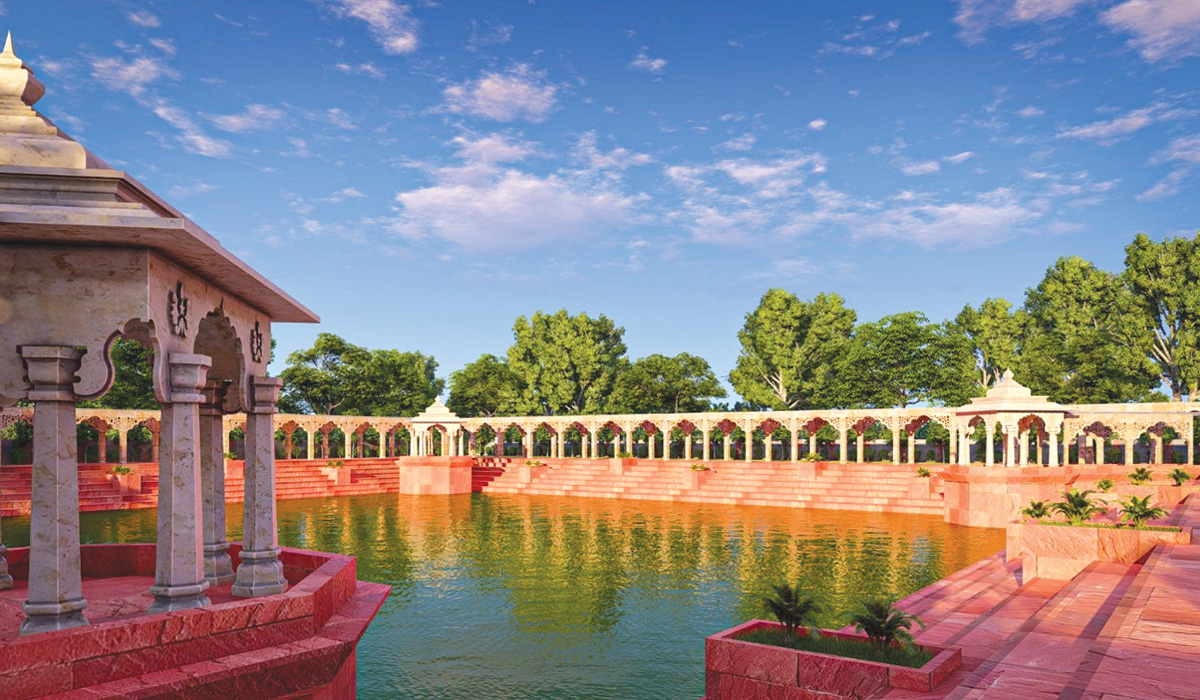
Sustainable master planning to boost economic development
The master plan of Ayodhya is developed on contextual planning instead of greenfield development. It includes augmentation of civic infrastructure (water, sewerage, power supply, distribution, energy, regional and city level transport etc), planned zoning and contextual urban design guidelines (colour palette for buildings’ facade and special architectural features). To boost economic development centered around tourism, the planning integrates the spiritual essence and traditional healthcare and has the infrastructure for residential, social, commercial and hospitality amenities, assessing the future growth potential for the next 100 years.








